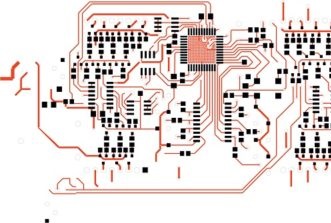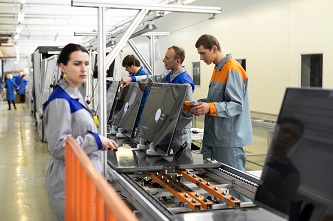Revolutionary Battery Technology Powers Energy-Efficient Vehicles
Research on structural batteries has been ongoing for many years at Chalmers, in collaboration with researchers at the KTH Royal Institute of Technology in Stockholm, Sweden. The groundbreaking work led by Professor Leif Asp and his team garnered significant attention when they first revealed in 2018 that stiff, strong carbon fibers could store electrical energy chemically. This discovery, highlighting the potential for carbon fiber to serve as electrodes in lithium-ion batteries, was recognized as one of the top ten breakthroughs of the year by Physics World.
Building upon their initial success, the research group has continued to refine their concept with the aim of enhancing both stiffness and energy density. A major milestone was achieved in 2021 when the battery reached an energy density of 24 watt-hours per kilogram (Wh/kg), representing approximately 20 percent of a comparable lithium-ion battery's capacity. The latest advancement has pushed the energy density to 30 Wh/kg. While this figure remains below current battery standards, the context is crucial. When integrated into the structure and crafted from lightweight materials, the overall vehicle weight is significantly reduced, leading to decreased energy consumption for operations like electric cars.
"We have developed a carbon fiber composite battery that matches the stiffness of aluminum while offering sufficient energy density for commercial applications. Similar to a human skeleton, this battery serves multiple functions simultaneously," explains Richa Chaudhary, a researcher at Chalmers and the lead author of a recent publication in Advanced Materials.
"The transition to lightweight and energy-efficient vehicles is imperative for energy conservation and the well-being of future generations. Our analysis indicates that electric cars equipped with competitive structural batteries could potentially extend their driving range by up to 70 percent," notes research leader Leif Asp, a professor in the Department of Industrial and Materials Science at Chalmers.
Given the stringent safety standards in the automotive industry, structural components must exhibit robust strength characteristics. The research team's structural battery cell has significantly enhanced its stiffness, specifically the elastic modulus, from 25 to 70 gigapascals (GPa). This improvement enables the material to bear loads as effectively as aluminum but with reduced weight.














